15 lesser-known towns in the north of Italy that you need to add to your bucket list
One of the things I love most about Italy – and which a lot of people I know have remarked upon, too – is the fact that even the tiniest, most remote towns have something to offer tourists. It could be a church with stunning frescoes; it could be a hill, offering fantastic views over the surrounding area; it could be a restaurant that’s got all the critics raving. There are hidden treasures lying all across the country, waiting to be discovered by keen travellers like you!
Today, I’m going to be going through fifteen places in the north of Italy that I think deserve more recognition than they’re currently given. Some you may have heard of; others perhaps not. However, if there’s one thing for certain, it’s that they’re all worth a visit.
Towns for culture lovers
Bergamo
Bergamo is one of the prettiest places I’ve ever been to. Split between the hilltop Città Alta (Upper Town), and the ground-level Città Bassa (Lower Town), it is very much a city where old meets new. Take the funicular railway to the higher part of the city to see the cathedral, with its imposing marble columns; the equally, if not more, spectacular Basilica di Santa Maria Maggiore, with its immaculate frescoes and magnificent façade; the Campanone tower, with its incredible outlook over the city; and the excellent Natural History Museum.
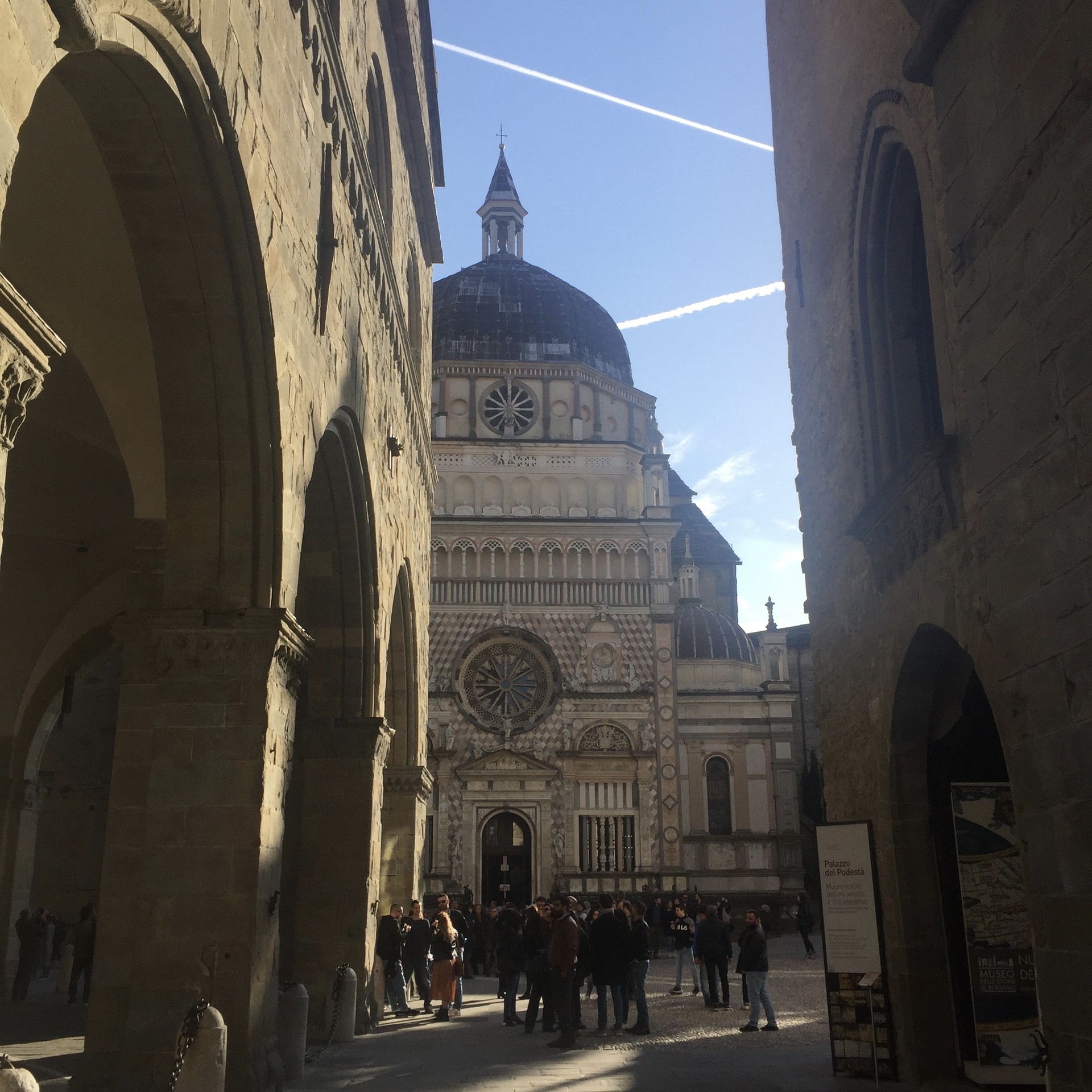
When you’ve seen all the cobbled streets you need to, walk back down along the Venetian Walls to the lower part of the city, stopping to admire the breathtaking views. Down below, admire the Torre dei Caduti, a memorial tower, built to commemorate those who lost their lives fighting in the First World War; the nearby statue of Giuseppe Garibaldi; the Teatro Gaetano Donizetti, a splendid opera house; and the Piazzale della Repubblica, a grassy square with a great perspective of the buildings above.
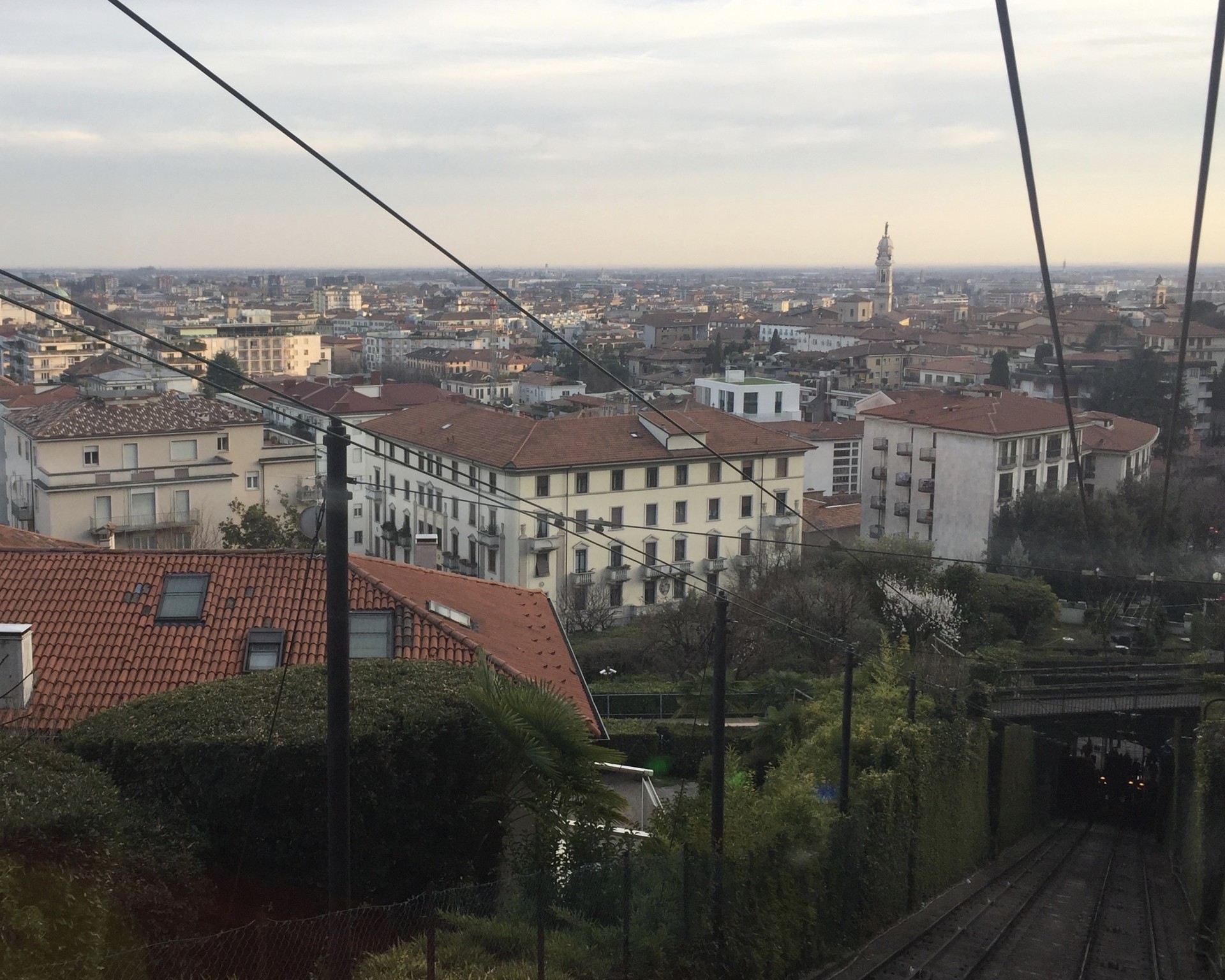
Brescia
If you’ve been here for a while, you may have read my article on the industrial city of Brescia. Halfway between Verona and Milan, it remains a bit of a hidden secret, but I believe that it will eventually become a very popular day trip destination. Start by seeing its two cathedrals – the Duomo Nuovo (New Cathedral) and the Duomo Vecchio (Old Cathedral) – then wander round the exhibits of the nearby Museo di Santa Giulia. Head up the hill to the castle for fantastic views over the whole city, then pop in to the Santa Maria dei Miracoli church on your way back to the station.

Mantua
Mantua (or Mantova, as it’s known to locals) is one of those places that I can’t quite believe doesn’t have more recognition. With sights to please art, history, and nature lovers alike, it truly is a city that will charm anyone. Key places to visit include: the Te Palace, with its fresco-filled rooms, and picturesque gardens; the Ducal Palace, with its spectacular Camera degli Sposi; Mantua Cathedral, where you’ll find even more painted walls and ceilings; and the National Archaeological Museum of Mantua, where you’ll find the Lovers of Valdaro (two millennia-old skeletons discovered in a lovers’ embrace).
Hungry? Be sure to try some tortelli di zucca (pasta stuffed with pumpkin) – it’s Mantua’s most iconic dish! If you’re feeling a little more adventurous, you may also want to sample some donkey meat.
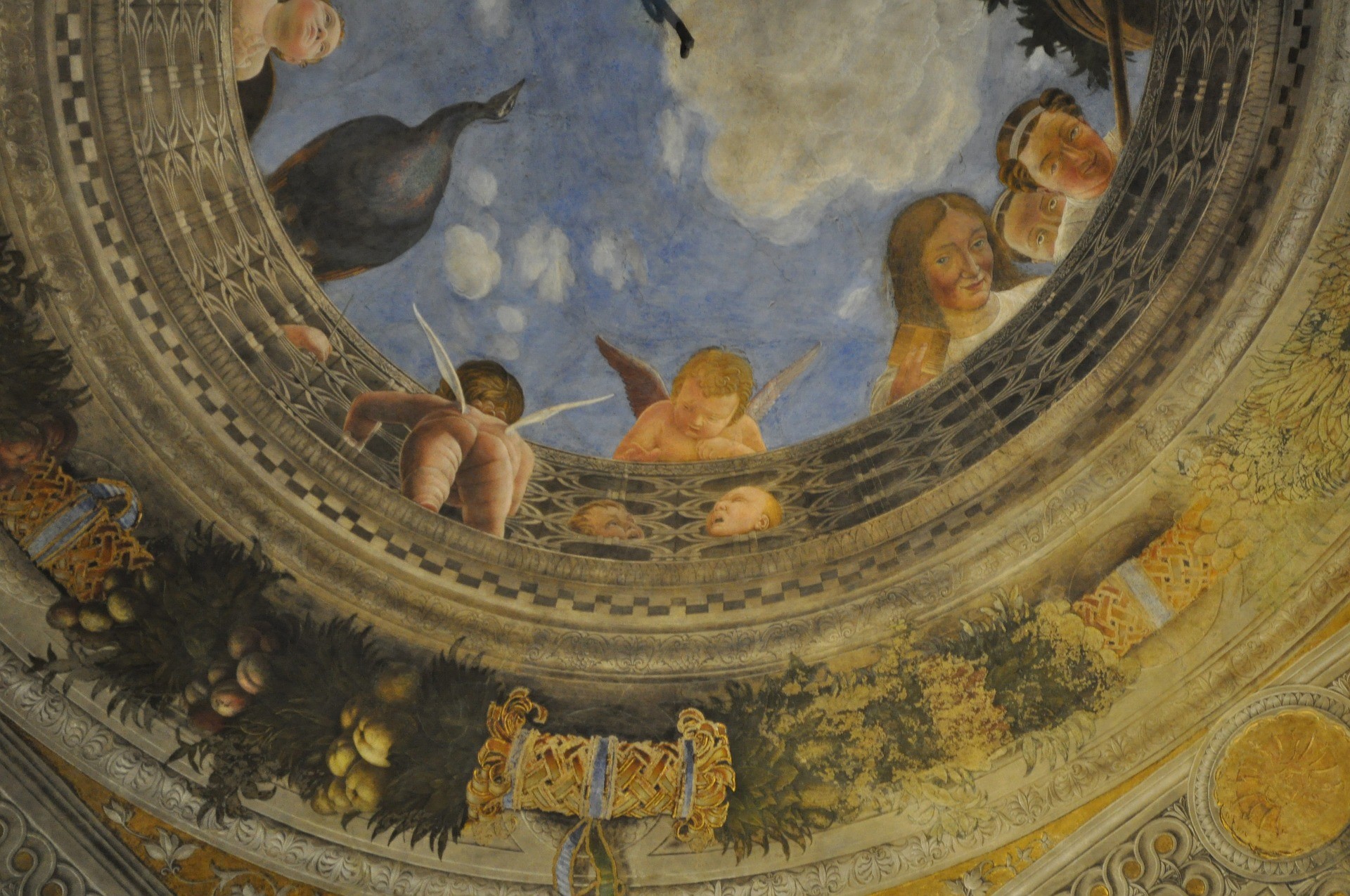
Padua
Mantua is to Mantova, as Padua is to Padova! This stunning city, with its brilliant architecture and age-old university, is another place that you’ve got to tick off your bucket list. If there’s one thing you can’t miss here, it’s the medieval Scrovegni Chapel, with its breathtaking frescoes by renowned artist, Giotto. Only a limited number of people can be admitted at any one time – this rule is enforced in order to help with the preservation of the masterpieces that line the walls – but it’s well worth waiting around if there are queues when you arrive.
Want to make a day of it? Be sure also to visit the Prato della Valle, Italy’s largest square, with its statues of important historical figures; the cathedral, with its incredible fresco-lined baptistery; the University of Padua (the Palazzo Bo – where you’ll find the world’s oldest anatomical theatre – is a particular must); and the serene Botanical Garden.
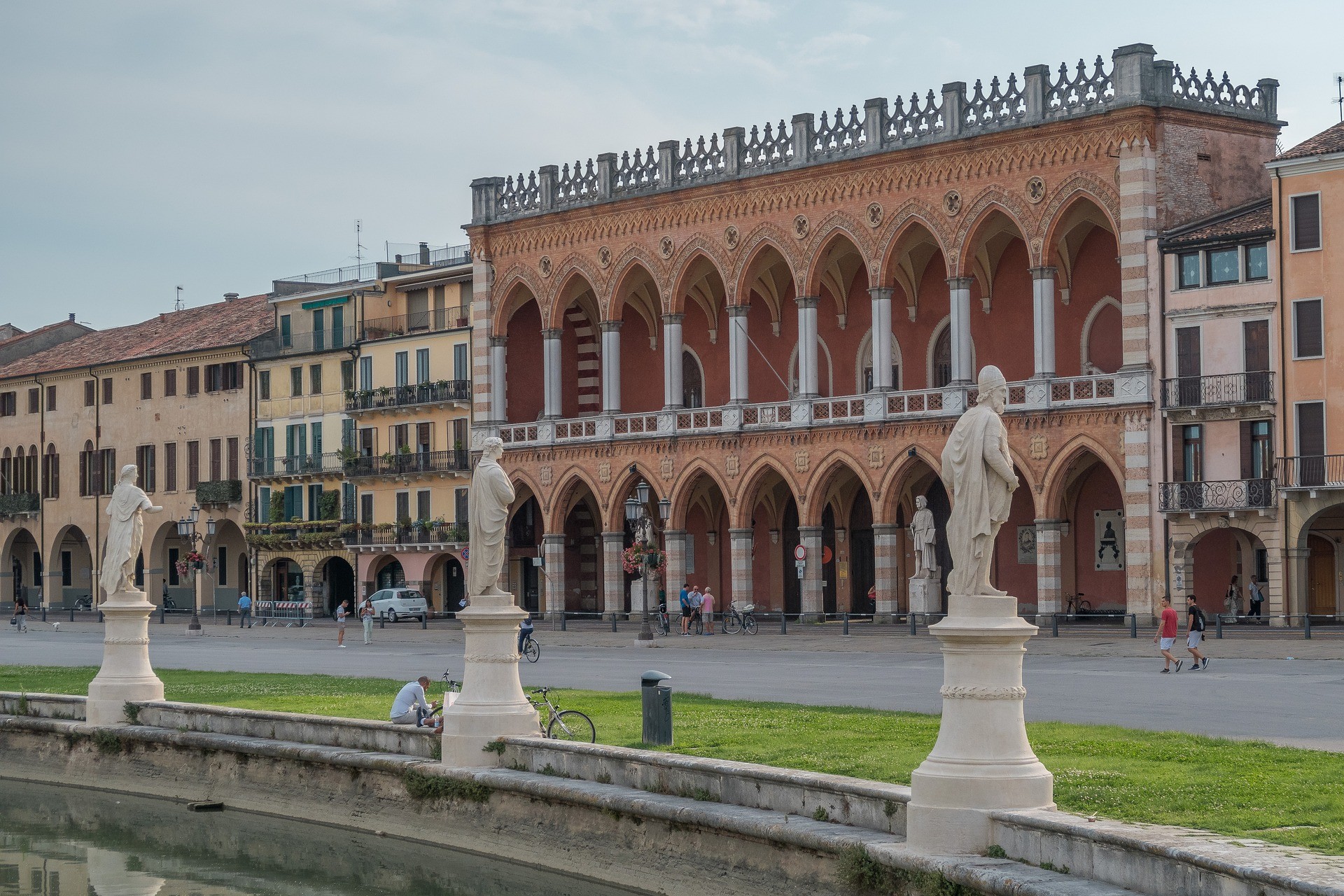
Treviso
About five years ago now, I did an Italian exchange with some family friends who lived in the small town of Ponzano, and during this time I visited the nearby city of Treviso. Here, the main things to see were the cathedral, the columned west front of which seemed rather more suitable for a Greek temple than a house of worship; the Piazza dei Signori, a thirteenth-century square; and the Ca' dei Carraresi, a fine arts museum that gave onto the Cagnan river. In the afternoon, we hired bikes, and cycled around the countryside surrounding the city, stopping from time to time to rest in a grassy orchard.
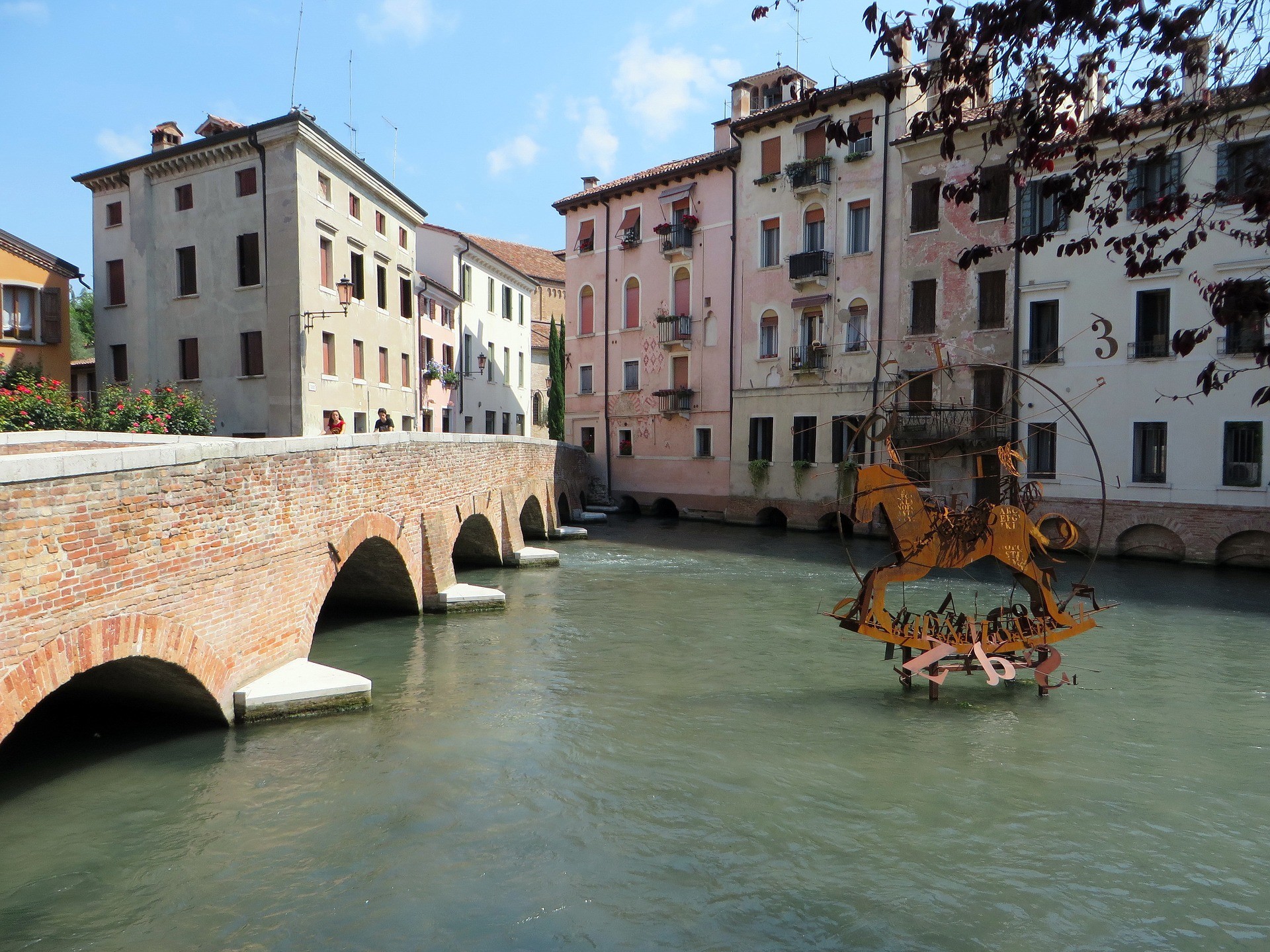
Towns for nature enthusiasts
Como
I could easily have put Como in the section above, but since this city’s main attraction is its lake, I’ve decided to place it here with the other natural wonders. If you’re walking down from the railway station, be sure, on your way, to visit the magnificent Como Cathedral – even if just for a glimpse of its spectacular west front – and the town market, if there is one running that day. Then, hire bikes (there are a number of drop-off stations dotted about, and you download rental apps using the free Wi-Fi in the San Fedele playground), and enjoy a scenic ride along the water. See how many CrackingArt animal sculptures you can spot along the way!
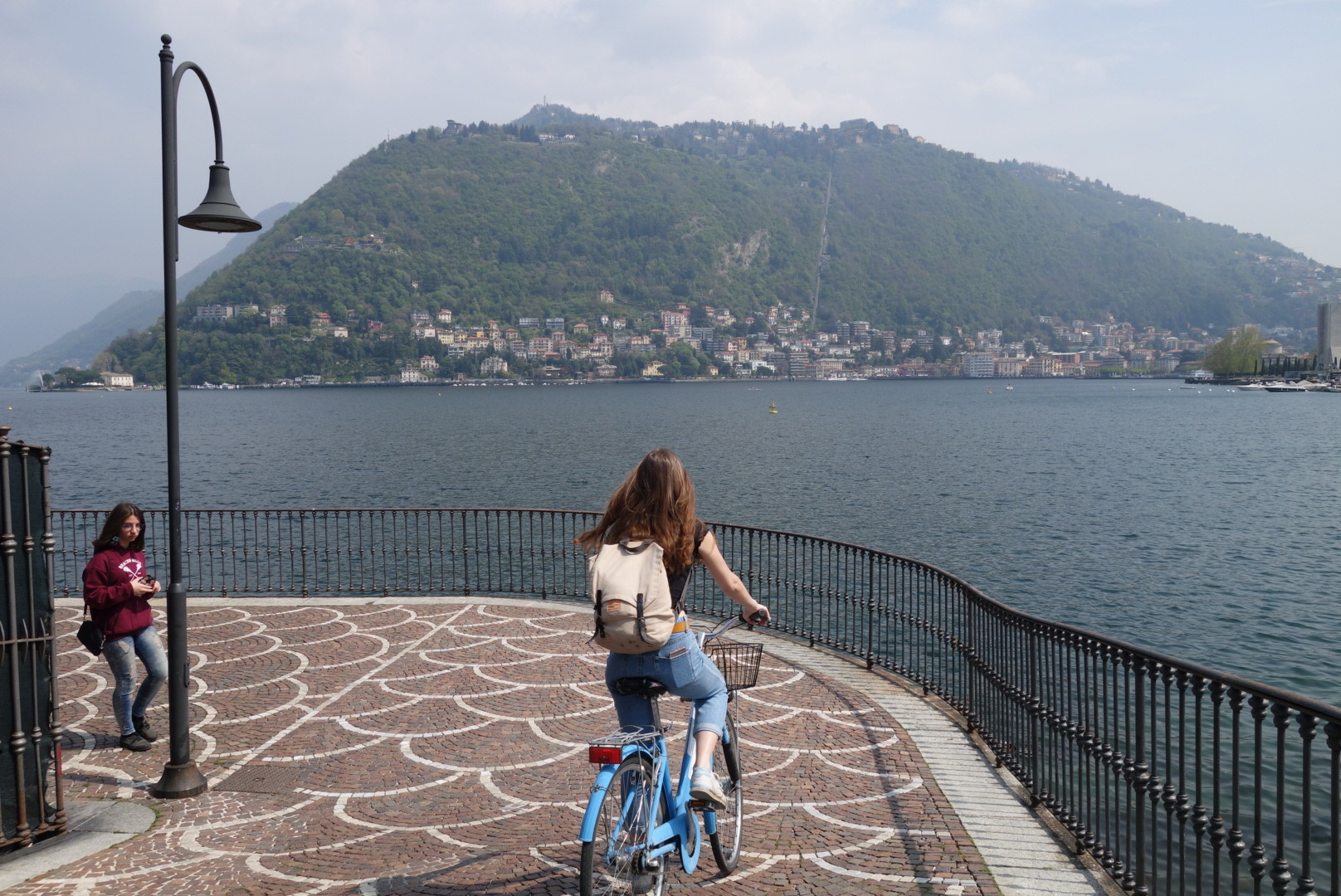
Afterwards, take a ride up on the funicular train to the hilltop village of Brunate. You’ll have amazing views of the city and lake below, and will be able to visit the beautiful Chiesa di Sant'Andrea Apostolo.
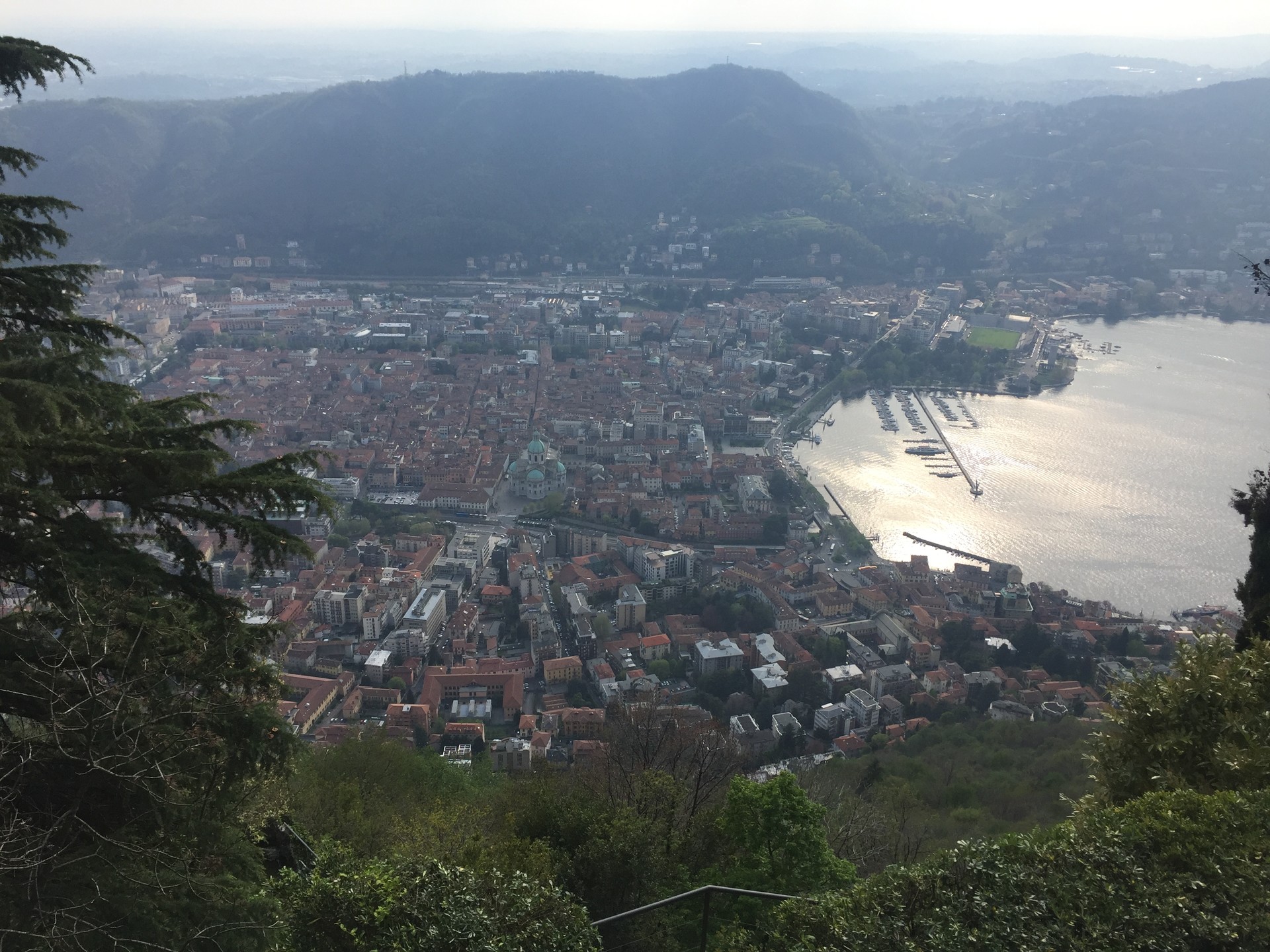
Cortina d’Ampezzo
From lakes to mountains, next on the list is Cortina d’Ampezzo, a small town in the Dolomites. This is good base for anyone looking to engage in outdoor activities (skiing, hiking, etc), or hoping to see some world-class winter sports venues (among others, the Olympia delle Tofane ski slope, and the Olympic Ice Stadium). However, it’s also a fantastic destination for culture lovers, with attractions including the Mario Rimoldi Modern Art Museum, the Basilica Minore dei Santi Filippo e Giacomo, and the Corso Italia: the town’s central shopping street.
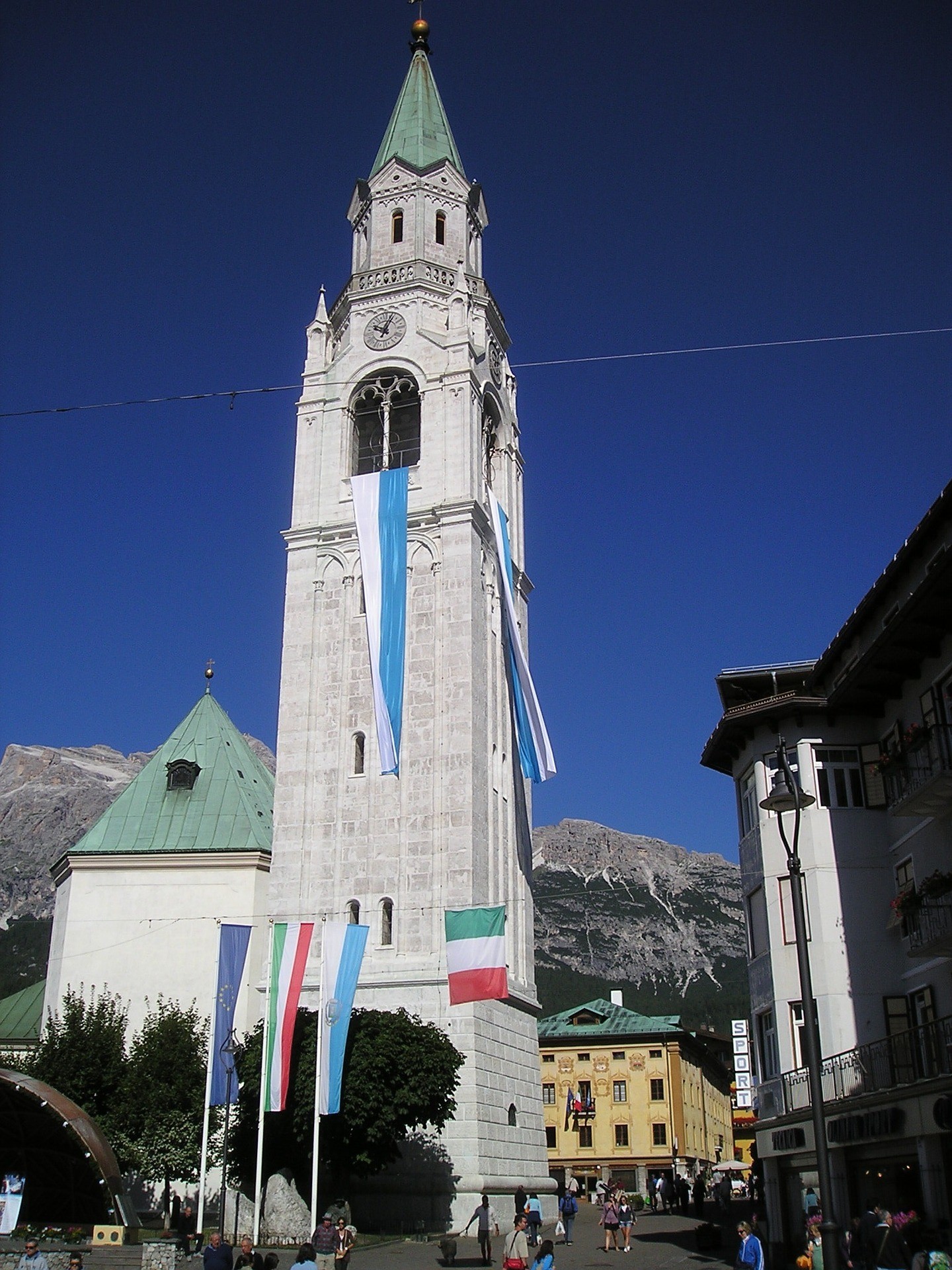
Iseo
Iseo is another place that has more to offer than just its natural attraction. Lake Iseo is, of course, unmissable, and is a wonderful area of water to walk or boat along, especially at sunset. However, the town is also full of fantastic churches, shops, and restaurants, many of which offer fantastic views of the nearby scenery. You’ll have to head inland slightly, however, to find the best eatery of them all – La Tana dell’Orso – which is tucked away in a small alleyway just off the Piazza Garibaldi.
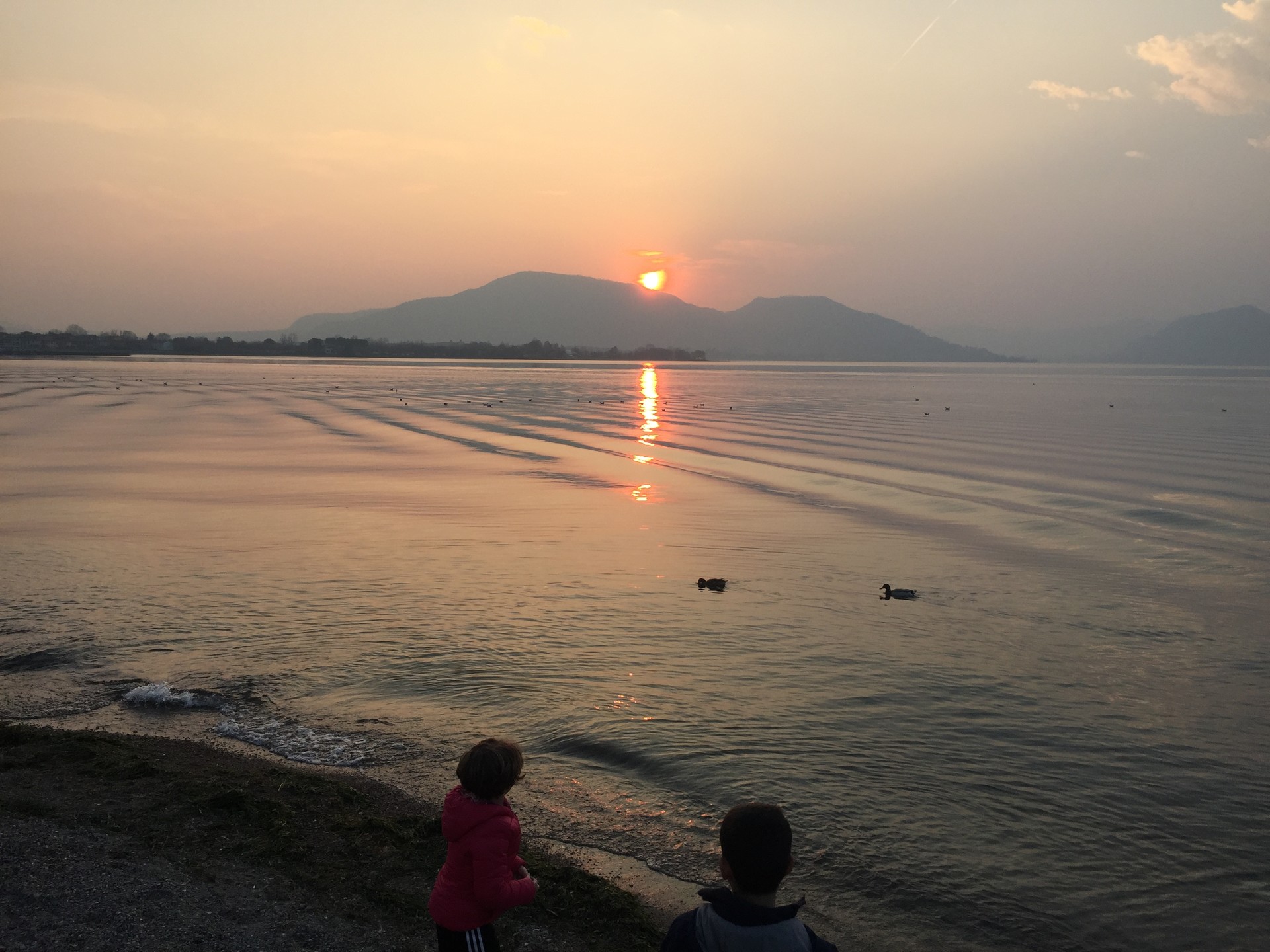
If you’ve got a lot of time on your hands, I’d also thoroughly recommend taking a ferry to the nearby Monte Isola, a town located on an island in the middle of the lake. To find out more about this place, check out the article I wrote after visiting it for the first time!
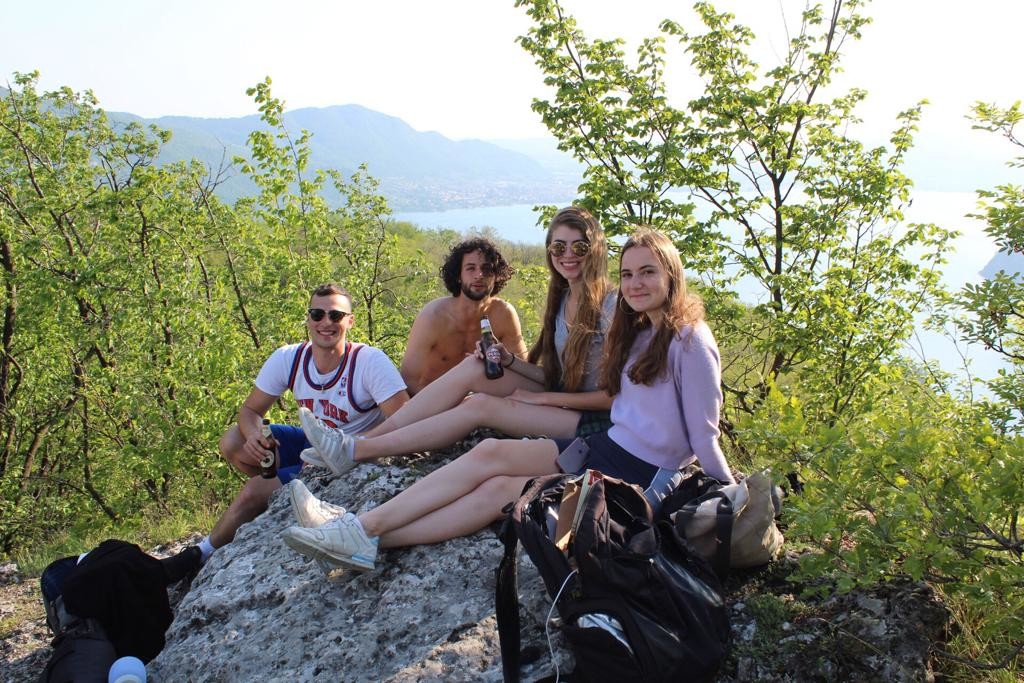
Salò
If you’ve still not got enough of lakes, Salò – a town on the edge the famous Lake Garda – is another lovely place to visit. I went there with my Italian host family to watch a football match in the stadium, but we managed to get a bit of sightseeing in before kick-off. The town’s main attractions are the Church of Santa Maria Annunziata, the Botanical Gardens, and the Piazza della Vittoria, where we saw carnival celebrations taking place. If you’re short for time, however, just a quick stroll down the town’s quaint and colourful lanes, or along the waterfront, can be extremely pleasant.
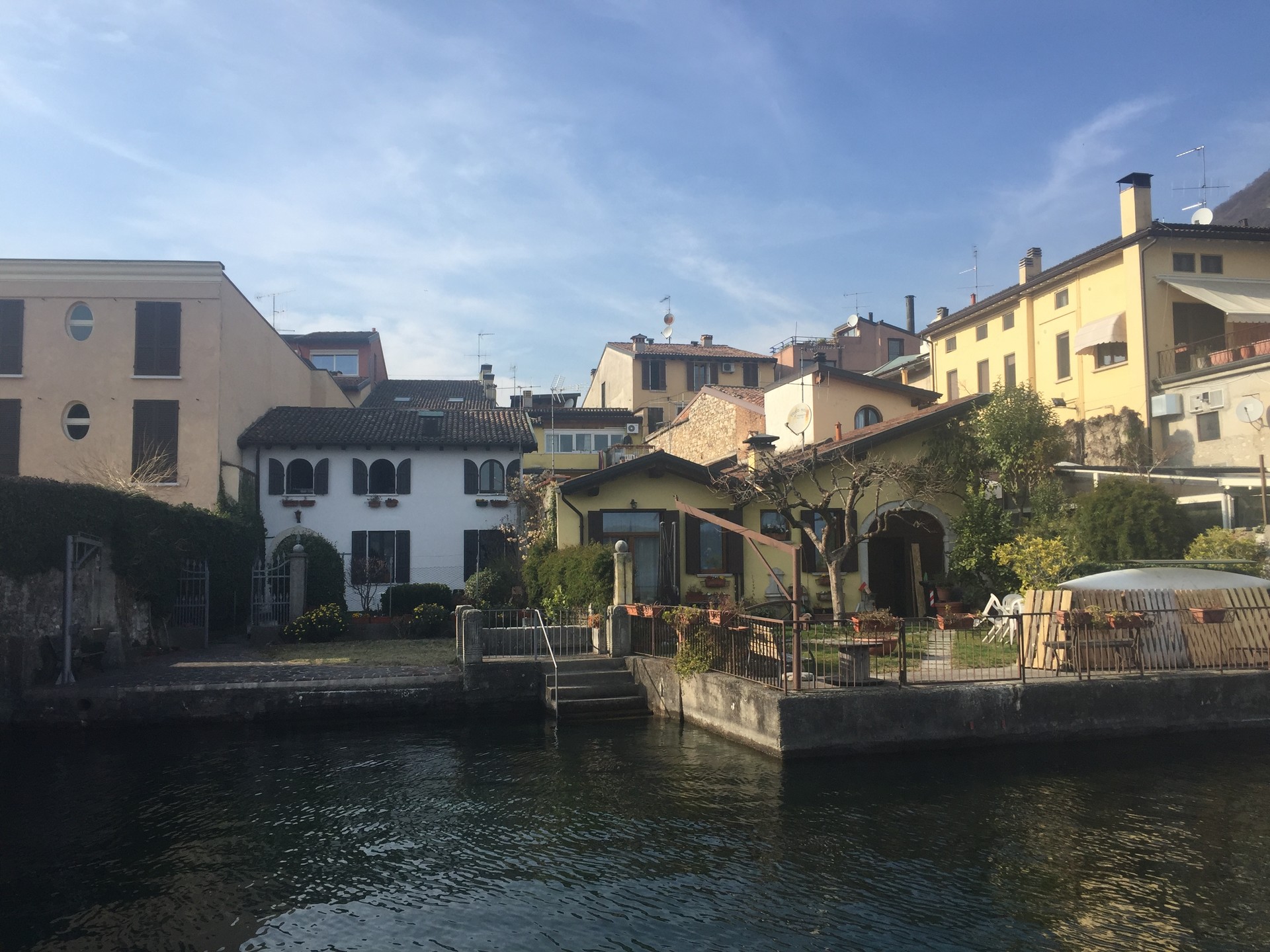
Tiny towns with lots to offer
Asolo
Like the rest of the towns in this category, Asolo is one of those places you’ll probably only have heard of if you’ve either been there, or know one of its inhabitants. (I fall into the latter group!) However, it certainly deserves more recognition than it currently receives in the guidebooks. Indeed, it has much to offer, from its castle, to its quaint Piazza Garibaldi, to its dinky cathedral (the Cattedrale di Santa Maria Assunta). Enjoy wandering along the gorgeous, winding streets of this commune, or leave the centre, and admire the sweeping hills of the surrounding countryside.

Erbusco
If you’re staying in Brescia or Iseo, and are looking for a small village to spend an hour or two exploring, Erbusco will be sure to tick all your boxes. Admire the Chiesa di S. Maria Maggiore, a church with majestic frescoes, and the next-door library, with its pretty arched entrance, then enjoy a stroll through the vineyards that enclose the commune. After your visit, be sure to pop into a nearby wine shop to buy some local produce, or, if you’re feeling extra fancy, go on a tour of one of the Franciacorta wine cellars.

Manarola
If postcard-worthy coloured houses are your cup of tea, Manarola is an absolute must. One of the five fishing villages that make up Cinque Terre, this place is a treat for the eyes, and the perfect destination for photographers and nature lovers alike. Wander through its tranquil streets – stopping by the marina, to see many a boat lined up along the shore – then climb up to Nessun Dorma for an excellent meal with an unforgettable view.
Afterwards, be sure to visit some of the neighbouring towns – I’ve written a whole article on them here! If you want to get a bit of exercise in, why not ditch the train and walk to Riomaggiore along the cliffside Via dell’Amore?
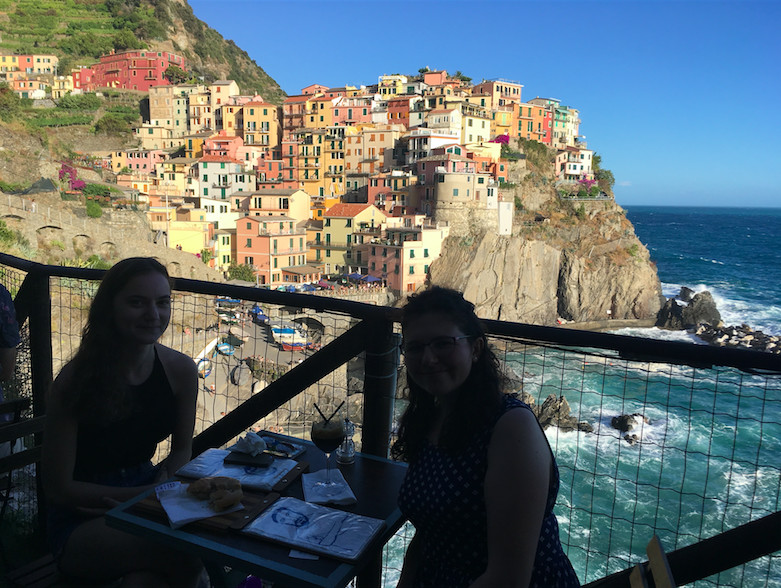
Rivoli
Anyone staying in or around Turin: you’ve got to visit the tiny commune of Rivoli! Here, the number-one attraction – which I’ve spoken about briefly in another article – is the castle, which has now been converted into an exceptional modern art museum. Wander round the exhibits here, then head outside for terrific panoramic views over the surrounding area. Afterwards, enjoy a short walk down through the village’s charming cobblestone streets, stopping at any shops or cafés that take your fancy.
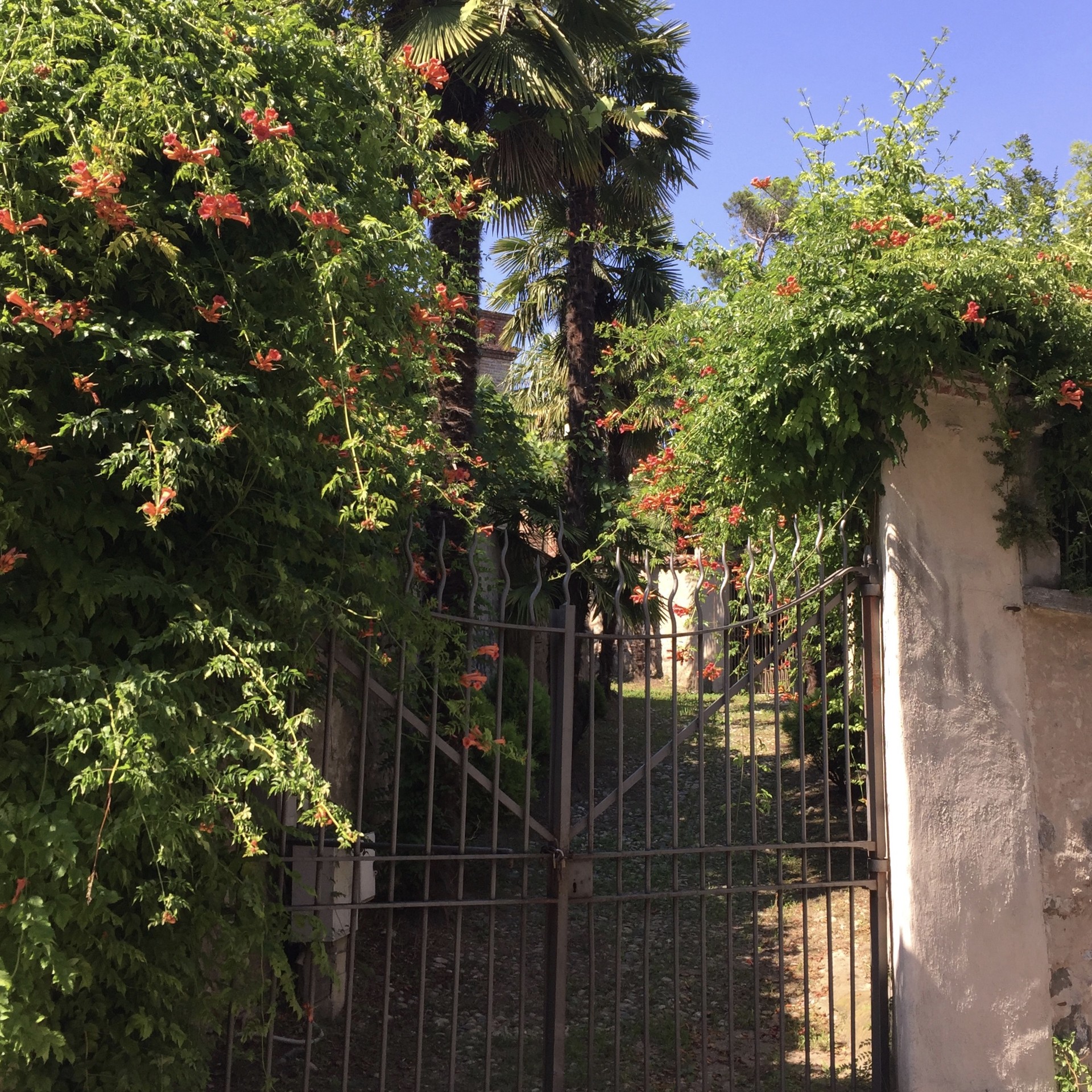
Rovato
If you’ve been following my blog for a while, you’ll know that I spent three months living and working in the small town of Rovato. The main attraction here is Monte Orfano, a series of four hills. They may not be anything on the nearby Alps, but I’ll be blowed if you don’t break a sweat during your hike. There’s also plenty to do back down on ground level, but you’ll have to check out my full article on the place to discover what hidden gems lay waiting here!
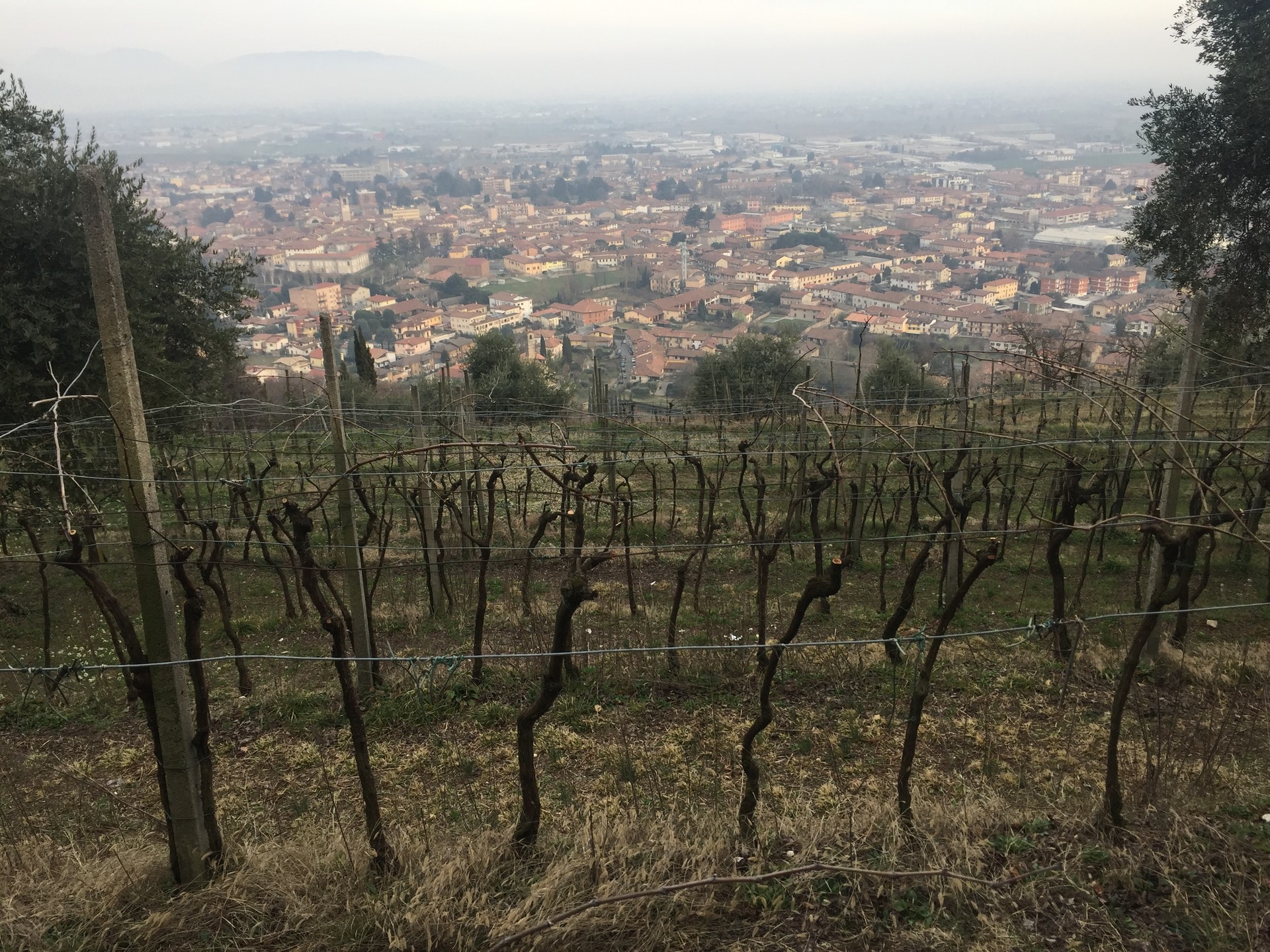
San Fruttuoso
Last but certainly not least is the Ligurian seaside town of San Fruttuoso. You’ll have to quite literally scratch beneath the surface in order to find the most impressive attraction here: the underwater Christ of the Abyss statue, which tourists can dive down and see. If you’d rather stay on land, however, there’s also a beautiful abbey to visit, as well as a small beach to sunbathe on.
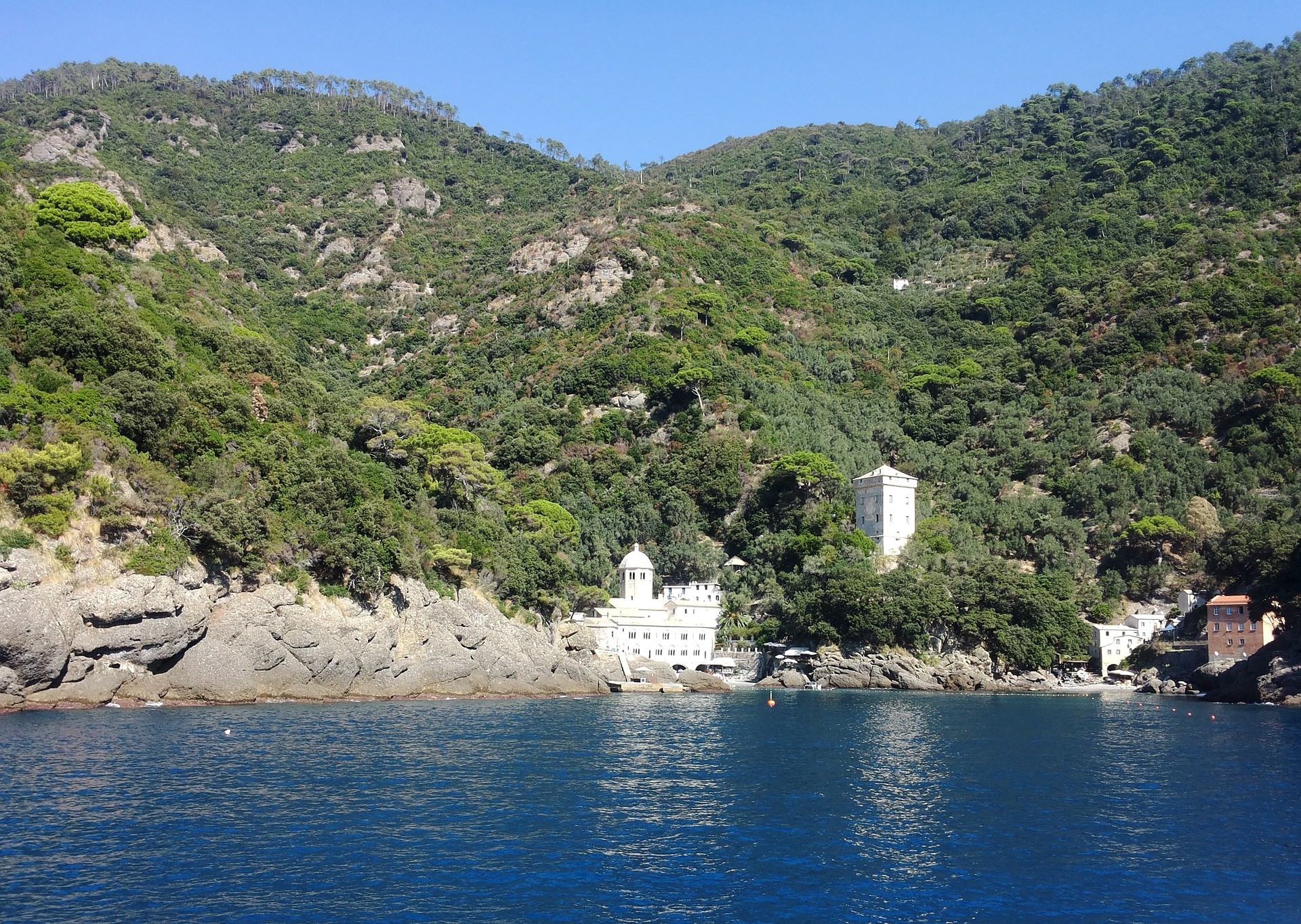
Book your tickets today!
So there we have it: fifteen towns in the north of Italy which you probably won’t have heard of, but absolutely must visit! Have a fabulous time if you do get to visit any of these extraordinary places, and if you have any other travel suggestions to offer, please leave them in the comments section below!
Photo gallery
Content available in other languages
Want to have your own Erasmus blog?
If you are experiencing living abroad, you're an avid traveller or want to promote the city where you live... create your own blog and share your adventures!
I want to create my Erasmus blog! →





















Comments (0 comments)